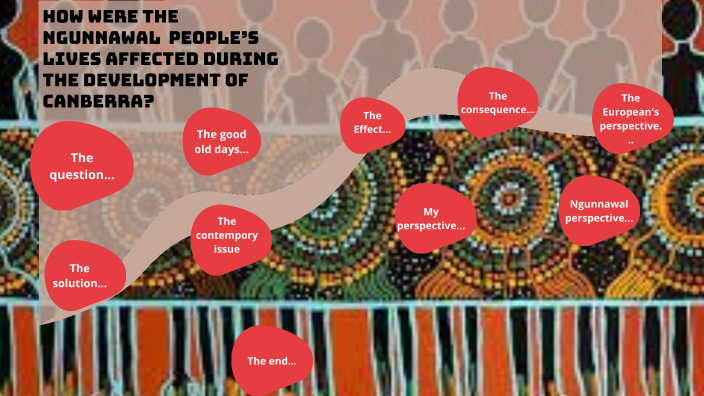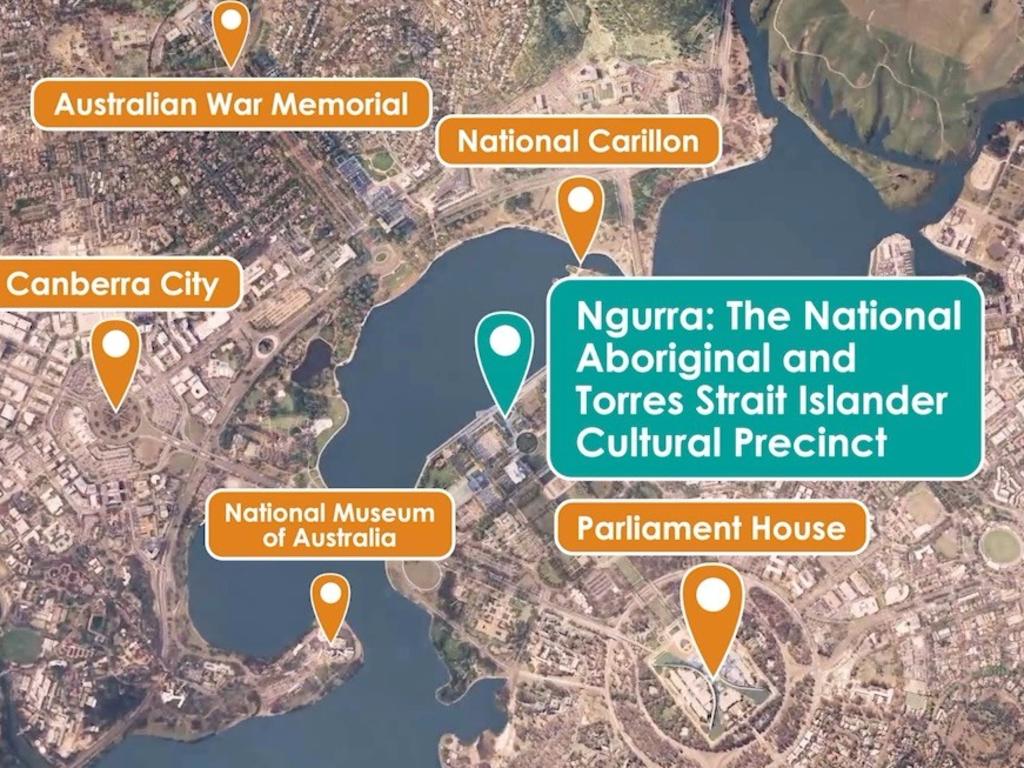Canberra: A City Built on Ngunnawal Land, A History Woven with Resilience
Canberra: A City Built on Ngunnawal Land, A History Woven with Resilience

Canberra, the vibrant capital of Australia, is a city of modern architecture, bustling streets, and political power. However, beneath the surface of this contemporary landscape lies a rich and profound history, one deeply intertwined with the Ngunnawal people, the traditional custodians of this land.
For millennia, the Ngunnawal people have called the Canberra region home, their culture and connection to the land woven into the very fabric of the landscape. Their story, one of resilience, survival, and profound connection to country, is an essential thread in understanding the history of Canberra.
Related Articles: Canberra: A City Built on Ngunnawal Land, A History Woven with Resilience
- A Taste Of Paradise: Exploring The Exotic Fruits Of Australia
- Rooted In The Earth: Unpacking The Meaning Of "Indigenous"
- The Buzz About Australian Beehives: A Comprehensive Guide To Native Pollinators And Sustainable Beekeeping
- Uncovering The Tapestry Of Time: A Journey Through The Aboriginal Map Of Australia
- Unveiling The Stories: A Journey Into The World Of Aboriginal Art Masks
A Land of Abundance: The Ngunnawal Connection
The Ngunnawal people were skilled hunters, gatherers, and custodians of the land, their knowledge of the environment unparalleled. They thrived in a region rich in resources, from the fertile plains of the Molonglo River to the rugged slopes of the Brindabella Ranges.
The land provided sustenance, with abundant native plants and animals. The Ngunnawal people possessed a deep understanding of the natural cycles, utilizing fire management techniques to maintain the health of the ecosystem and encourage the growth of desired species.
Their cultural practices were deeply connected to the land, with ceremonies and rituals performed at significant sites, reflecting a profound reverence for the natural world.
The Impact of Colonization: Dispossession and Resilience
The arrival of European settlers in the late 18th century marked a turning point in the history of the Ngunnawal people. The colonial government’s policies of dispossession and assimilation led to the displacement of the Ngunnawal from their traditional lands.
The Ngunnawal people were forcibly removed from their homes, their culture and language suppressed. The establishment of Canberra, a planned city built on Ngunnawal land, further compounded their struggles.
Despite the hardships they faced, the Ngunnawal people demonstrated remarkable resilience. They continued to maintain their cultural traditions and fight for recognition of their rights.
Reclaiming the Narrative: The Fight for Recognition
The fight for recognition of the Ngunnawal people’s history and culture has been a long and arduous journey. However, in recent decades, there has been a growing awareness and acknowledgement of the Ngunnawal people’s rightful place in the history of Canberra.
In 1992, the Mabo decision paved the way for the recognition of native title, a significant step towards acknowledging the Ngunnawal people’s connection to their land.
The Ngunnawal people have played a crucial role in advocating for the preservation of their culture and heritage, working with government and community organizations to ensure that their story is told.
A City of Two Histories: Building a Shared Future
Today, Canberra stands as a testament to both the colonial past and the enduring spirit of the Ngunnawal people. The city’s landscape reflects this duality, with modern architecture juxtaposed against the ancient sites and stories of the Ngunnawal.
The Ngunnawal people are actively engaged in shaping the future of Canberra, working to ensure that their history and culture are integrated into the city’s fabric.
The Ngunnawal language is being revitalized, with initiatives underway to teach it in schools and community programs. Traditional knowledge is being shared through cultural programs and exhibitions, fostering a deeper understanding of the Ngunnawal people’s connection to the land.
Canberra’s Future: A City Embracing its Indigenous Heritage
The journey towards reconciliation is ongoing, with a growing recognition of the importance of acknowledging the Ngunnawal people’s history and culture.

As Canberra continues to evolve, it is crucial to acknowledge the city’s Indigenous heritage and embrace the Ngunnawal people’s story as an integral part of its identity.
Moving Forward: A Commitment to Reconciliation
The journey towards reconciliation is a shared responsibility, requiring a commitment from all members of the community to learn, understand, and respect the Ngunnawal people’s history and culture.
This commitment involves:
- Learning about the Ngunnawal people’s history and culture: Engaging with resources, attending cultural events, and supporting initiatives that promote understanding.
- Acknowledging the Ngunnawal people’s connection to the land: Recognizing their traditional ownership and custodianship of the Canberra region.
- Supporting initiatives that promote reconciliation: Supporting programs that revitalize the Ngunnawal language, preserve cultural traditions, and address the legacy of dispossession.
By embracing the Ngunnawal people’s story, Canberra can move towards a future where its rich Indigenous heritage is celebrated and integrated into the city’s fabric.
FAQ: Aboriginal History of Canberra
Q: Who were the traditional custodians of the Canberra region?
A: The Ngunnawal people are the traditional custodians of the Canberra region. They have lived in the area for thousands of years.
Q: What was the impact of European colonization on the Ngunnawal people?
A: European colonization led to the displacement of the Ngunnawal people from their traditional lands, the suppression of their culture and language, and the loss of their way of life.
Q: What are some ways the Ngunnawal people are working to reclaim their history and culture?
A: The Ngunnawal people are engaged in revitalizing their language, preserving their cultural traditions, and advocating for recognition of their rights.
Q: How can I learn more about the Aboriginal history of Canberra?
A: There are many resources available to learn about the Aboriginal history of Canberra, including museums, cultural centers, websites, and books. You can also attend cultural events and programs.
Q: What are some ways I can support the Ngunnawal people?
A: You can support the Ngunnawal people by learning about their history and culture, attending cultural events, and donating to organizations that support their initiatives.
By embracing the Ngunnawal people’s history and culture, Canberra can become a city that truly reflects its diverse heritage and fosters a future of reconciliation and understanding.

Closure
Thus, we hope this article has provided valuable insights into Canberra: A City Built on Ngunnawal Land, A History Woven with Resilience. We hope you find this article informative and beneficial. See you in our next article!



